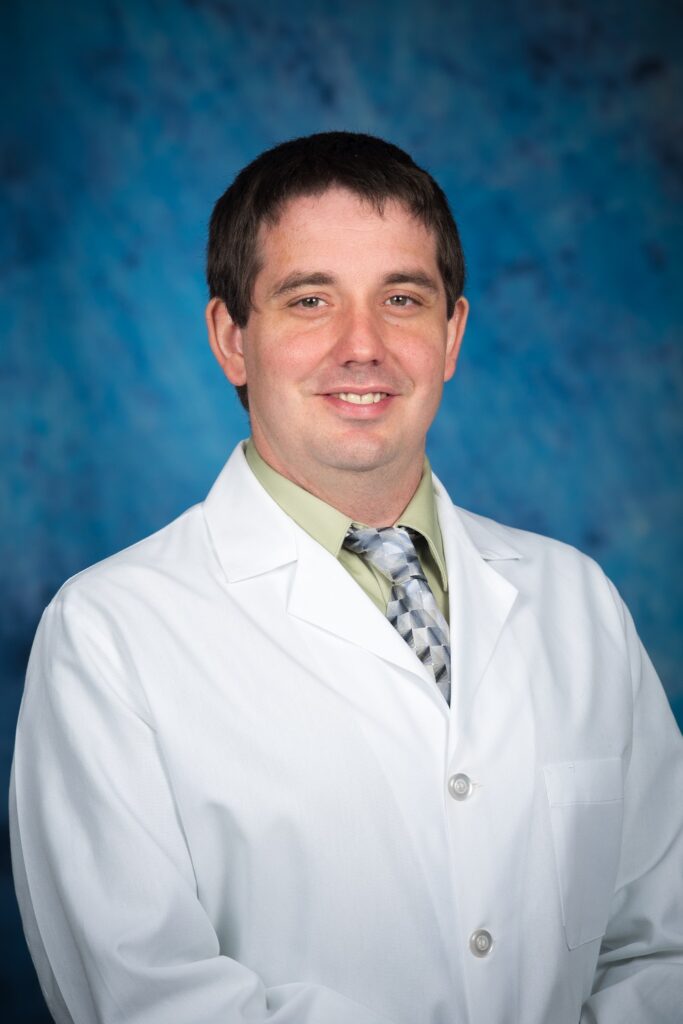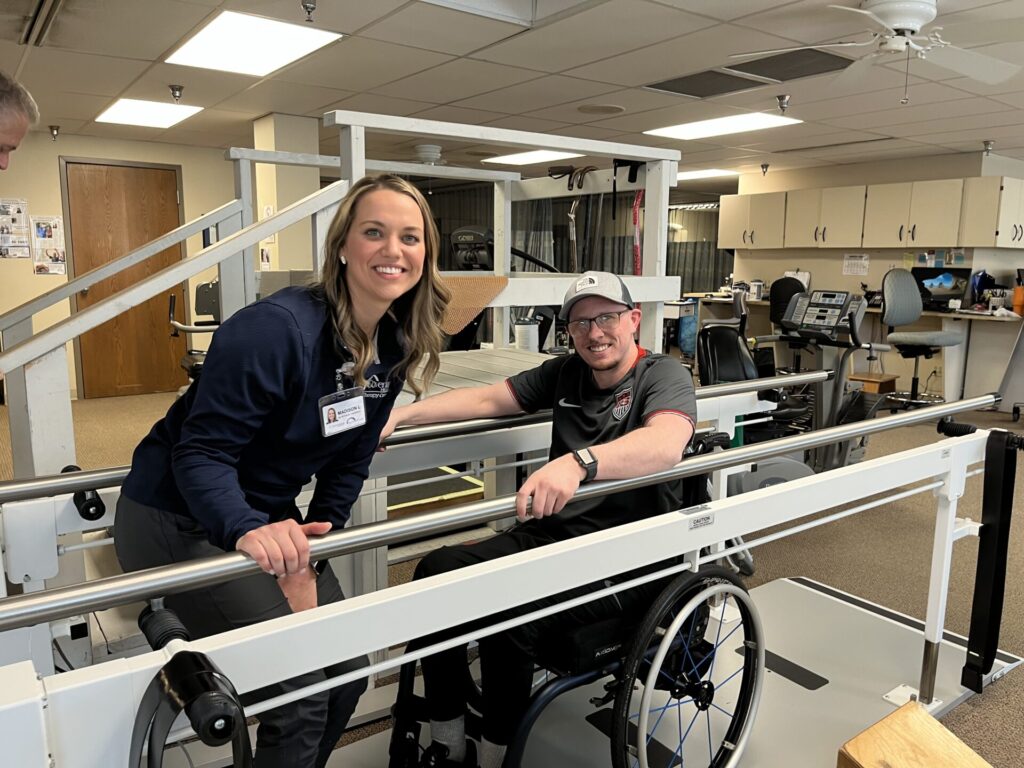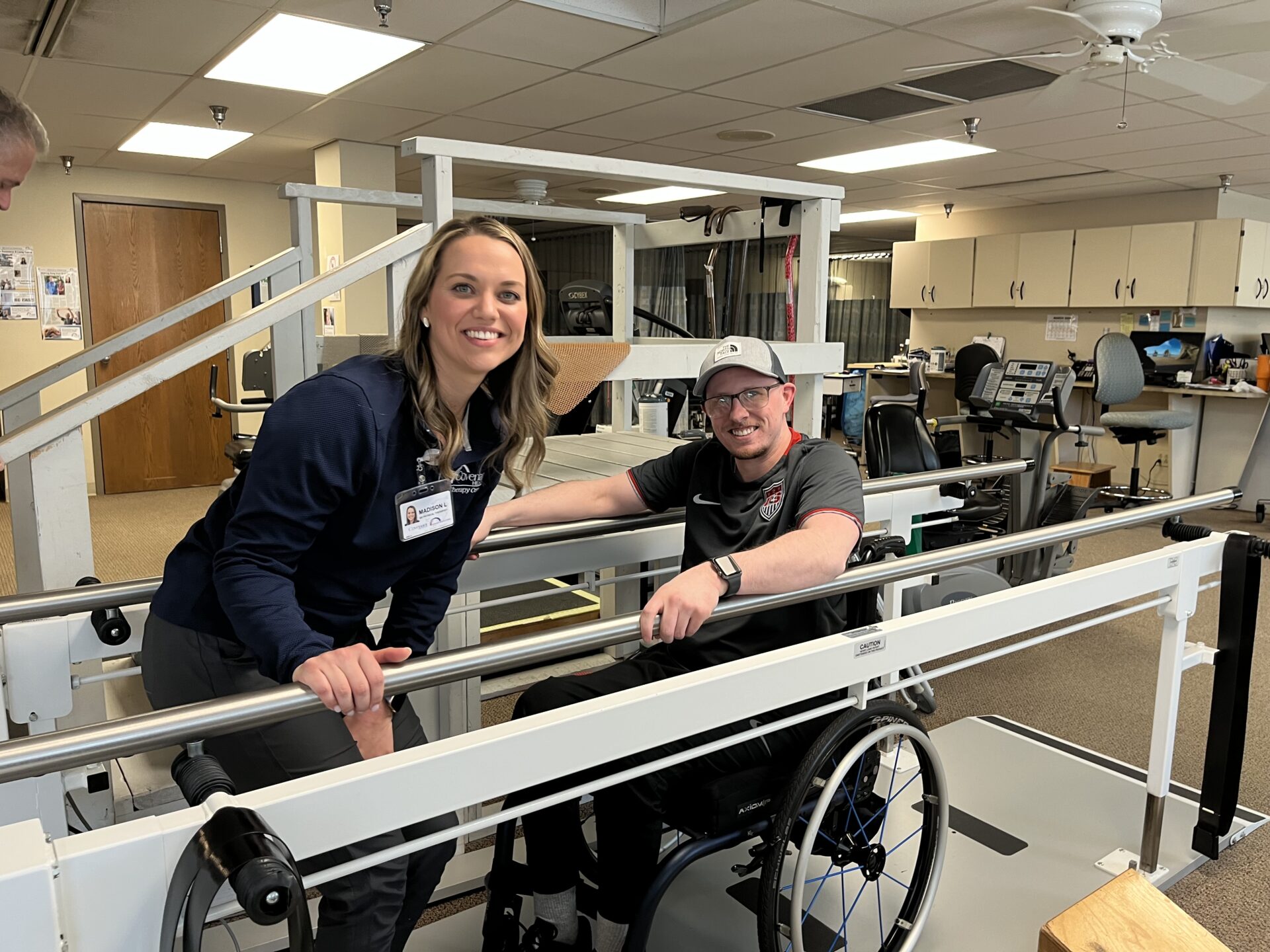- Find a DoctorDoctors by Specialty
- Cardiac Electrophysiology
- Cardiology
- Colon & Rectal Surgery
- Family Medicine
- Gastroenterology
- General & Vascular Surgery
- Gynecological Oncology
- Gynecology
- Infectious Disease
- Internal Medicine
- Interventional Cardiology
- Interventional Radiology
- Nephrology
- Neurology
- Neurosurgery
- Obstetrics & Gynecology
- Oncology
- Oncology & Hematology
- Orthopedic Surgery
- Otolaryngology
- Perinatology
- Psychiatry
- Pulmonary Medicine
- Radiation Oncology
- Rheumatology
- Sleep Medicine
- Thoracic Surgery
- Urology
- View All Doctors
- Our ServicesMedical Services
- Bariatric Services
- Behavioral & Mental Health
- Breast Care
- Cancer Care
- Critical Care
- Ear, Nose, & Throat
- Emergency Services
- Gastroenterology
- Glossary
- Heart Care
- Home Care
- Hospice & Palliative Care
- Imaging & Diagnostics
- Long-Term Care
- Nephrology
- Orthopedics
- Primary Care
- Rehabilitation Therapies
- Robotic-Assisted Surgery
- Sleep Services
- Spine Care
- Stroke Care
- Surgery Services
- Telehealth Services
- Urology
- Urgent Care
- Virtual Urgent Care
- Women’s Services
- Wound Care
- Our Locations
- Patients & Visitors
- About Us
Patients suffering from acid reflux find relief through accurate testing
A burning sensation in your chest after you eat is never an enjoyable experience, especially if it occurs often. According to the National Institutes of Health, more than 60 million Americans experience heartburn at least once a month, with 15 million of these individuals experiencing symptoms daily. When the stomach contents move back into the esophagus and give the sensation of heartburn, it is called acid reflux. While the occasional occurrence is not something to worry about, persistent symptoms can indicate a bigger problem.
At Methodist Medical Center, board-certified gastroenterologists are at the forefront of new technologies to improve the patient experience and provide better care. One new technology can accurately indicate the cause of acid reflux and how to best treat the issue.
Gastroesophageal Reflux Disease (GERD)
Gastroesophageal reflux disease (GERD) is a more serious form of acid reflux where stomach contents flow back into the esophagus. The stomach acid can irritate the lining of the esophagus and cause long-term complications, like the narrowing of the esophagus that creates difficulty in swallowing. For patients experiencing persistent acid reflux for long periods of time with no relief from acid medication, testing is used to determine if patients have GERD or another gastrointestinal issue. A pH test measures the level of acid in the esophagus. Methodist Medical Center uses a technology called Bravo™, a small device that is inserted into the esophagus. The device provides an accurate determination of stomach acid levels and the causes of it.
How the Test Works
The Bravo test involves placing a small capsule into the esophageal tissue. This is done during an upper endoscopy, a procedure that uses a thin tube and cameras to check the damage on the esophagus. The capsule transmits data to a recording device to be shared with the gastroenterologist. Patients also use this device to record times of eating and when the discomfort occurs.

“We place the capsule, which is around two centimeters in size, into the esophagus and read the acid levels for 72 hours,” says Charles Orton, MD, a gastroenterologist with Methodist Medical Center. “This is longer than traditional pH tests, which may only read the acid levels for 24 or 48 hours.”
The capsule is safe to be swallowed and will fall off the esophagus naturally, often undetectable to the patient. Patients will take the recording device back to the gastroenterologist and they will review the data to determine the correlation between eating and the discomfort of acid reflux. The amount of acid detected during the test will determine the severity of acid reflux and what the proper course of treatment should be.
Benefits of New Technology
Dr. Orton says Bravo technology provides an effective, more comfortable testing option for patients suffering from acid reflux. “It collects more data to better understand the eating and pain habits of the patient, and allows us to better prescribe treatments,” says Dr. Orton.
He says patients are eligible for the testing “as long as their esophagus is clear and is not significantly damaged.” Sometimes the test shows that there is not as much acid as originally thought and there is a different issue besides GERD causing the discomfort. The confirmation of the acid levels and the source of the acid allows patients to have better relief through the right treatment plan.
Getting Care
If you are experiencing frequent heartburn or acid reflux, ask your primary care provider for a referral to a gastroenterologist at Methodist Medical Center. Click here to learn more about our gastrointestinal services.
























